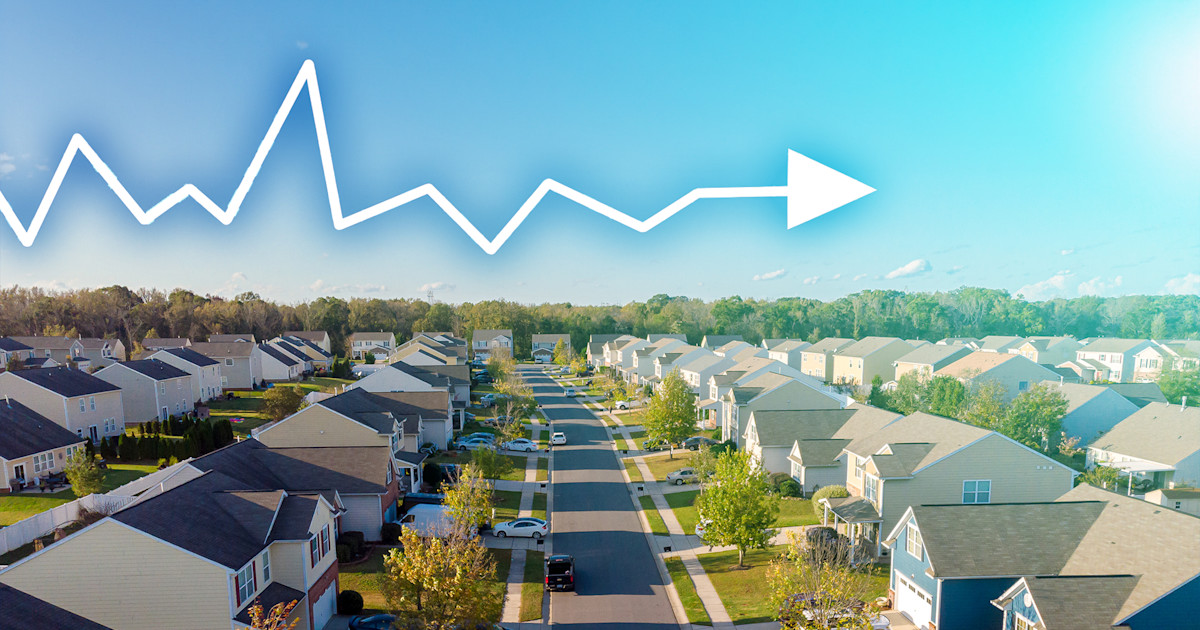T
he housing market is showing signs of rebalancing, with a rise in inventory giving homebuyers more choices. However, economic uncertainty and affordability concerns continue to weigh on sales. The 30-year fixed-rate mortgage averaged 6.76% this week, down from 7.22% a year ago but still above the pre-tariff rate of around 6.6%. Mortgage rates have been trending downward, but it's unclear if this will boost the slow spring buying season.
Pending home sales showed some positive signs in March, increasing by 6.1% compared to February, according to the National Association of Realtors. However, mortgage applications slowed in April, with overall applications down 4.2% from the previous week and purchase applications down 4%. The ongoing uncertainty about tariffs and economic concerns are making it difficult to predict where mortgage rates will go next.
Home affordability remains a major issue, with the median U.S. monthly housing payment reaching an all-time high of $2,870 due to rising home prices and volatile mortgage rates. A household needs to earn over $114,000 per year to afford a median-priced home, up from just over $67,000 in 2020. Despite this, touring activity remains strong as more homes hit the market, with new listings up 6.1% year-over-year and active listings increasing by 13.7%.
Experts say that while higher mortgage rates are a challenge for buyers, they also create opportunities for those who are prepared to act. The recent increase in inventory is a sign that the market is starting to rebalance, which could lead to more favorable conditions for homebuyers in the future.













